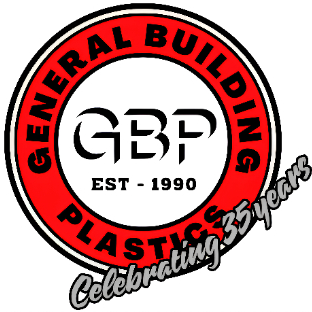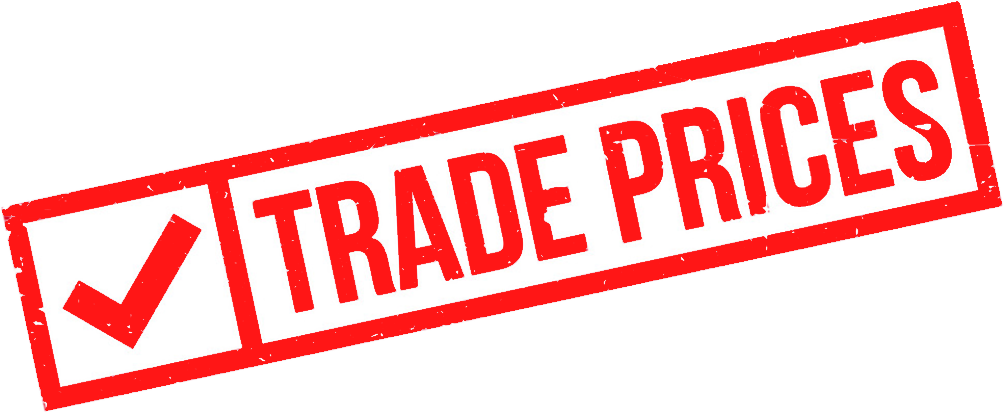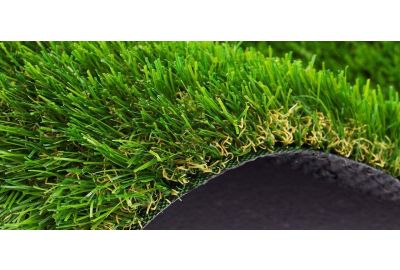Artificial grass and what it means for you
The basics of artificial grass
You've seen it, you've admired it and you're wondering if it's for you. And the short answer is - yes! It makes a wonderful addition to any home, whether you're replacing an older lawn or laying it on a harder surface like concrete.
We're asked quite a few questions about artificial grass in our day-to-day; we think you'll find the following FAQ helpful.
What are the advantages of installing artificial grass?
- Time. After installation, artificial grass needs very minimal upkeep to maintain; usually a quick brush will eliminate any messes on your turf.
- Expense. True, the initial cost to lay an artificial lawn will be high, but it doesn’t need watering, mowing or weeding, reducing your utility bills, and ensuring you save money on items such as weedkiller, pesticides and gardening tools.
- Appearance. As it’s not organic, it can’t grow in unexpected and uneven ways, keeping a uniform appearance of a healthy garden year round, no matter how warm or cold it gets.
How long does it take to install and use?
This will vary by garden. A small garden could be done in a single day; a larger one will take longer. Also, keep in mind that we don’t recommend using your artificial turf for 24 hours after it’s been installed, to ensure that it’s been bedded in properly.
Is artificial grass bad for the environment?
It’s made from plastic, and while it is made from recycled materials, it’s not designed to be biodegradable (although this is good for the end user as they want to keep the turf viable for as long as possible). However, the upswing is that it doesn’t cost any water to maintain, electricity to mow, or use pesticides and weedkillers for unwanted pests in the garden, which is good for the environment in the long-term.
Is artificial grass suitable for children and pets?
Most artificial grass is suitable for children and pets, and as you don’t need to lay chemicals to kill weeds or pests, if you know it’s safe when you buy it, it’s safe for them to use; as always, check before you buy. For pet waste, read below
How do I clean it?
Typically, brushing will usually clear up most messes, or sometimes using a diluted detergent or soap and water will work for anything that the brush won’t clean. We don’t advise using jet washers as they tend to bring up the lawn, as do vacuum cleaners, and harsh cleaning chemicals can discolour and degrade your turf.
For any liquid waste, it'll seep through the turf, just like regular grass. Anything solid can be picked up, and the affected area can be rinsed or carefully hosed down.
How long does it last?
Roughly, artificial grass can be expected to last for 8 years at least; however, well-cared for artificial grass can last for up to 20 years. It also doesn’t fade in the sun, as artificial grass is designed to be UV stable.
What happens if my grass gets flattened?
If it's only on the surface, no problem; it can simply be brushed back upwards again. Anything that has clearly made a dent or dip deeper than the surface grass requires a more thorough inspection
What happens if the grass gets very hot in the sun?
Simply spray it down with a hose or spray bottle; it won’t discolour or fade in the heat, so don’t worry about lasting damage from the sun.
Can it be installed on sloped areas?
This can vary based on the surface: if a sand underlay is used, the sand can shift, meaning that your lawn will be at best, oddly proportioned and lumpy. If in doubt, always ask a specialist before beginning.
What happens to artificial grass in winter? / Do I need to beware of ice and snow on my lawn?
While it’s merely cold, the worst that happens to the grass is it becomes stiffer and thus it becomes harder to walk on. However, if it snows, it’s important to move as much of the snow as possible, as if stood on, it could compact into the sod and flatten your lawn. Simply use a plastic snow-shovel or brush to gently remove any snow.
Where does water go on my new artificial lawn?
The grass is perforated and designed to be porous – it allows air and water to move through – so it’ll sink through the turf and through the sub-base. Once it passes through, it’ll move through to your drainage system, which will escort the water away.
Can I install it myself?
If you have basic DIY skills, then yes, you can install it yourself; if you follow the manufacturer’s instructions. If you’re not quite sure of your handywork though, make sure to call a reputable tradesman.
Do I need a sub-base?
Yes. It’s absolutely vital that you have a sub-base to ensure that your artificial turf stays exactly where you want it to stay and that water can drain through it. You’ll want a cushioned underlay for harder surfaces such as tiles and concrete, and this is usually laid on top of granite or limestone chippings, as this will ensure that your grass remains soft to walk on and to cover any imperfections of the hard surface; if installing on a softer surface, such as grass, you’ll want a gritty sand with a weed membrane.
Glossary
Backing: The material that each blade of grass is stuck on - it's essential to have a good backing as this ensures everything stays in place.
Fibre: Each individual blade of artificial grass
Infill: A material that is applied to the bottom of the pile. This will vary depending on where the artificial turf is installed.
Perforations: Holes that will allow moisture and air to move through.
Permeability: How quickly water can move through the turf.
Pile: The surface of the turf; this can also be called the face.
Pile density: The number of fibres that are stitched to the backing, and how closely grouped together they are; the more fibres, the greater the density.
Pile height: The length of your artificial grass, from the backing to the tip of the blades.
Pile weight: the weight of each pile used per square metre.
Rubber crumb: A rubber infill used on sports pictures to more accurately mimic real grass.
Sub-base: What is installed under the artificial grass to give it stability and prevent it from sinking – designed to withstand the impact of foot traffic and movement of heavier items onto your lawn. This can also be known as an aggregate.







